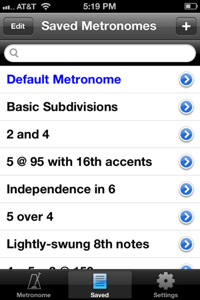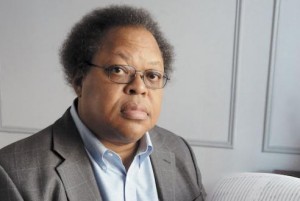Georg Friedrich Haas: String Quartet No. 2 (1998)
Haas was born in Graz, Austria in 1953. His childhood was spent in the mountains along the Swiss border and he currently lives and works in Basel, Switzerland.
The Second Quartet was commissioned by the Wiener Konzerthaus for the Hagen Quartet.
My other favorites (not for string quartet) by this composer are In Vain and …und…
The Second String Quartet of G.F. Haas opens in the bedrock. The cello's open C string anchors the entire opening four minutes of the piece. We know where we are, and where we have been.
However, atop this seemingly impervious rock, minerals are interacting and tectonic plates are slowing grinding. The rest of the quartet traverses the complex, high overtones of the cello's C. The harmonies are full of potential energies and unexpected geodes.
Then, at 4:19 the cello crushes its sound, as if a sudden schism has opened in the earth. This violent change leaves a gulf in the musical space and our eyes cast downward. Around 7 minutes in, the quartet begins a series of plummeting glissandi. Arriving on an A-flat that is seething with white hot energy - full of clashing flows of lava - a crack in the surface of this inner-chamber of the earth opens and we can see the shimmer of a beautiful light.
Just as quickly, it closes, and we are left with a mystery. What will this moment of beauty bring us? As the music re-awakens after this scene in the depths, we realize that we couldn't have possibly been there. It was just a dream. But, the surface of the earth begins to rumble, something is forcing its way upward.
As the second part of the piece (as I've linked it) begins, we don't even believe what we've seen. But, as the energy builds to the point of bursting the earth wide open, what should begin to spout from the ground but the very sparkling, flowing lava of our dreams. (4:10 in the second video)
Time opens up. These unknowable geological forces are building something we've never seen before, full of natural beauty and covered with a sheen unlike any mineral we've known. At 5:30 this eruption creates the most beautiful towering cliff. Soaring into the sky, it needs not reveal itself with might and bombast, but simply announces its presence and rises heavenward.
By seven minutes into the second video, it has reached its full form, but we've seen something more than just a monument to the earth's creative powers. Looking up, we see the sky for the first time, and everything we've just witnessed is put into scale. Simply a speck in the cosmos, we look up it this mountain which reaches toward the stars and slip back into sleep.






